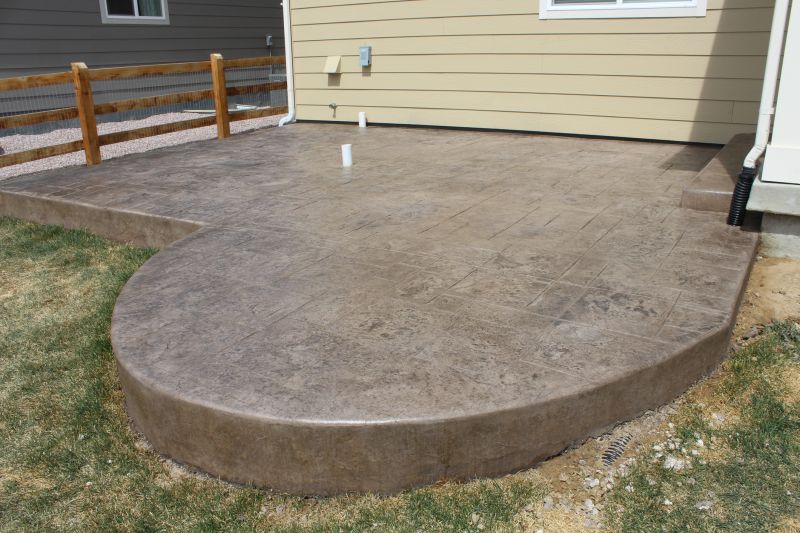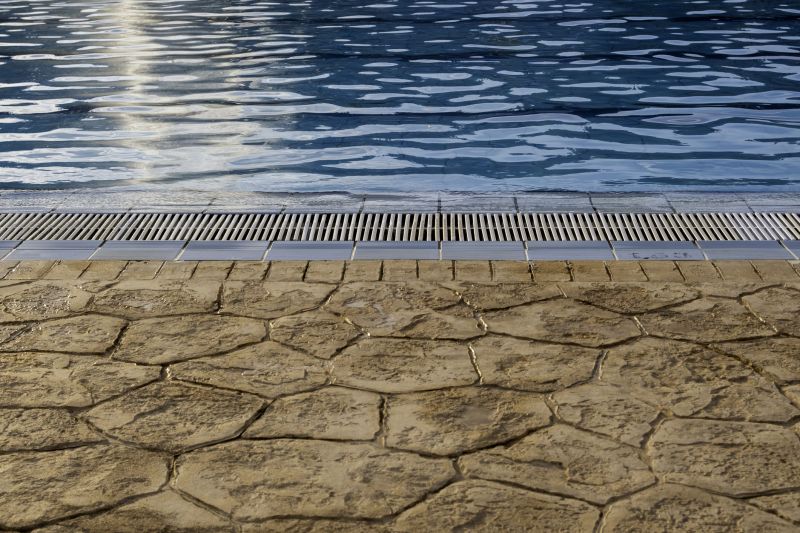Best Time for Stamped Concrete Service
Choosing the optimal time for stamped concrete service depends on various factors including climate conditions and project scope. Typically, the ideal period is during mild weather when temperatures are consistently between 50 and 85 degrees Fahrenheit. This ensures proper curing and adhesion of the concrete, resulting in a durable finish.
Scheduling during spring and early fall offers the most favorable conditions, with moderate temperatures and lower humidity levels. Avoiding extreme heat or cold helps prevent cracking, uneven curing, and surface imperfections. Planning projects during these times can lead to longer-lasting results and fewer delays.
Mild temperatures and low humidity support proper curing and adhesion of stamped concrete.
Spring and fall provide the best weather for consistent results and timely completion.
Avoid projects during extreme heat, cold, or rainy periods to prevent surface issues.
Scheduling ahead during favorable seasons ensures availability and optimal results.

Ways to make Stamped Concrete Service work in tight or awkward layouts.

Popular materials for Stamped Concrete Service and why they hold up over time.

Simple add-ons that improve Stamped Concrete Service without blowing the budget.

High-end options that actually feel worth it for Stamped Concrete Service.

Finishes and colors that play nicely with Stamped Concrete Service.

Little measurements that prevent headaches on Stamped Concrete Service day.

A 60-second routine that keeps Stamped Concrete Service looking new.

A frequent mistake in Stamped Concrete Service and how to dodge it.

Small tweaks to make Stamped Concrete Service safer and easier to use.
Stamped concrete service enhances the aesthetic appeal and durability of surfaces such as patios, driveways, and walkways. It involves imprinting patterns and textures onto freshly poured concrete, creating a variety of decorative options. Proper timing ensures the concrete cures evenly, preventing cracking and surface imperfections. The process typically involves several steps, including surface preparation, pouring, stamping, and sealing, all of which benefit from optimal weather conditions.
Statistics indicate that projects completed during favorable weather conditions tend to have a 15% higher longevity and appearance retention. Additionally, scheduling during optimal seasons can reduce the likelihood of delays caused by weather disruptions, saving time and costs. Proper planning based on climate considerations is essential for achieving the best results in stamped concrete projects.

Lower-waste or water-saving choices for Stamped Concrete Service.

The short, realistic tool list for quality Stamped Concrete Service.

Rough timing from prep to clean-up for Stamped Concrete Service.

Quick checks and paperwork to keep after Stamped Concrete Service.
Interested parties are encouraged to contact for more information about scheduling stamped concrete services. Proper timing and preparation can significantly impact the durability and appearance of the finished surface, making professional consultation valuable for optimal results.

